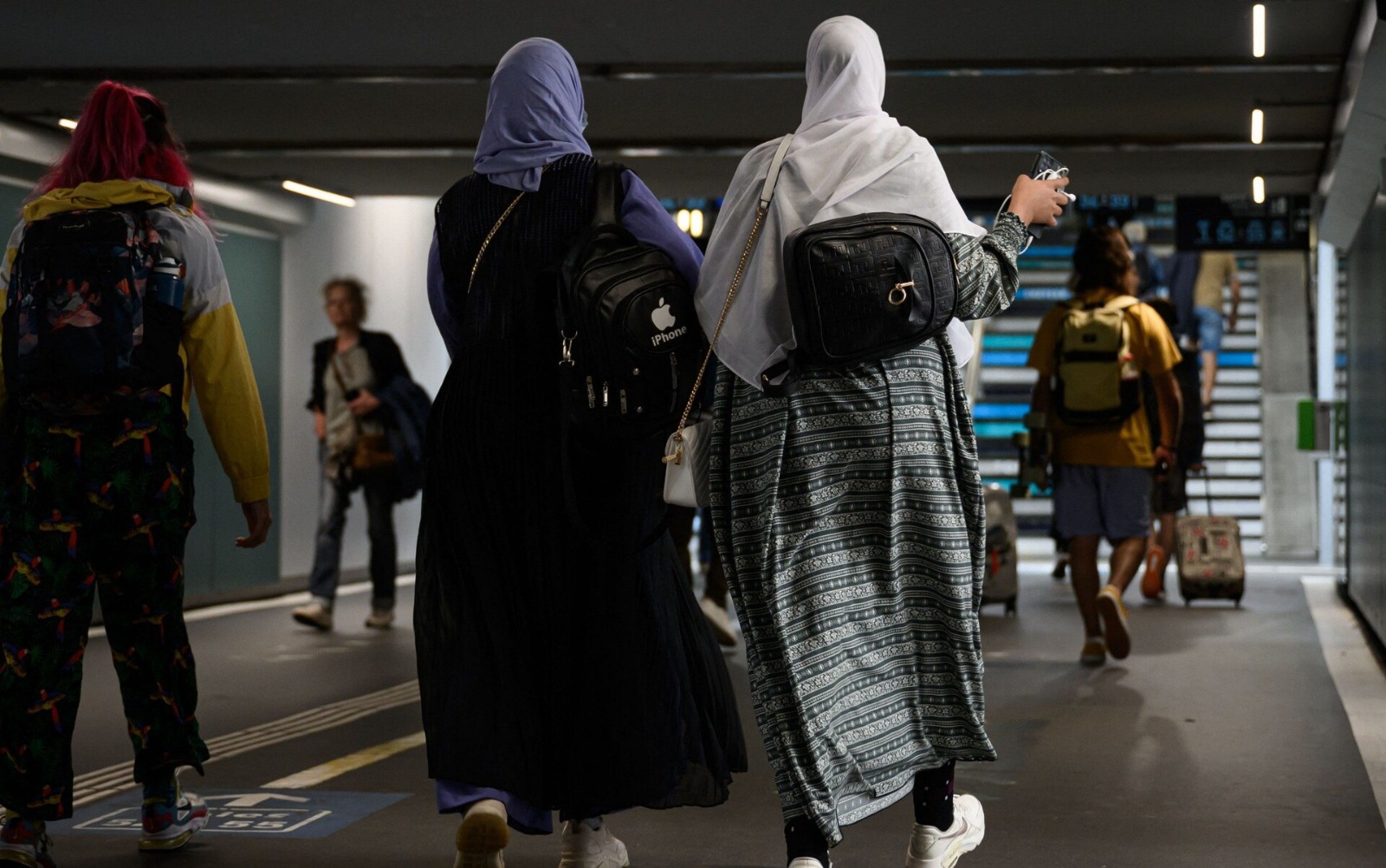In a landmark decision that has ignited both debate and division, France’s highest administrative court has upheld the government’s controversial ban on traditional over-garments, such as the abaya, worn by some Muslim women in schools. The ruling by the State Council not only endorsed the ban but also rejected claims that it was discriminatory and could incite hatred. This decision, which comes amid ongoing debates surrounding secularism, religious freedoms, and cultural integration in the country, has raised significant questions about the intersection of personal expression, religion, and state policies.
Ruling Sparks Controversy
The decision, announced on Thursday, has sparked intense debate within France and garnered international attention. Critics argue that it infringes on religious freedoms and disproportionately targets Muslim women, while supporters contend that it upholds the principle of secularism in education.
Government’s Secularism Stance
President Emmanuel Macron’s government had declared the ban last month, asserting that garments like the abaya violated the principles of secularism in education. The ban also included Muslim headscarves, already prohibited on the grounds that they represent a display of religious affiliation. The Association for the Rights of Muslims (ADM) promptly filed a motion with the State Council, claiming that the ban was discriminatory and could incite hatred against Muslims, in addition to concerns about racial profiling.
However, after two days of deliberation, the State Council firmly rejected these arguments. The council emphasized that wearing the abaya was seen as a form of religious affirmation, contradicting French law, which prohibits any visible signs of religious affiliation in schools. It concluded that the government’s ban did not cause “serious or obviously illegal harm” to personal lives, freedom of religion, the right to education, the well-being of children, or the principle of non-discrimination.
Implications for Muslim Community
Ahead of the ruling, France’s Council of the Muslim Faith (CFCM) had expressed concerns that the ban on abayas could lead to an “elevated risk of discrimination.” CFCM argued that the lack of a clear definition of the garment created legal ambiguity, adding to the controversy surrounding the ban. ADM’s lawyer, Vincent Brengarth, contended during the court hearing that the abaya should be considered a traditional garment rather than a religious one, and accused the government of pursuing political interests with the ban.
ADM President Sihem Zine criticized the rule as “sexist” for singling out girls and “targeting Arabs.” In response, the education ministry defended the ban, stating that the abaya made its wearers “immediately recognizable as belonging to the Muslim religion,” which ran counter to France’s secular culture.
French schools faced a contentious start to the academic year, with dozens of girls being sent home for refusing to remove their abayas, a shoulder-to-toe over-garment. Education Minister Gabriel Attal reported that nearly 300 schoolgirls defied the ban, with most agreeing to change their attire. However, 67 students refused and were subsequently sent home.
In a related precedent, the State Council overturned a ban on the burkini in a French Riviera resort in 2016, stating that it did not pose a threat to public order. Nevertheless, the ban on over-garments in schools appears to have opened a new chapter in France’s ongoing discourse on secularism, religious expression, and cultural identity.
Official estimates suggest that approximately 10 percent of France’s 67 million inhabitants are Muslim, with many having origins in North African countries that were once French colonies. This diverse demographic composition adds a layer of complexity to the ongoing discussions surrounding religious freedoms and the role of religious attire in public institutions, making it a topic that continues to shape France’s national identity and future.
















